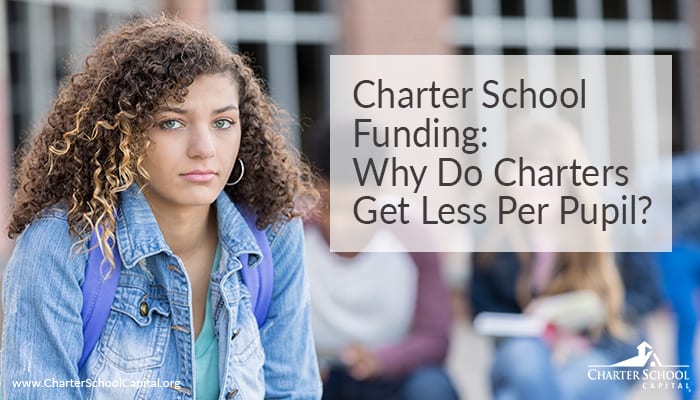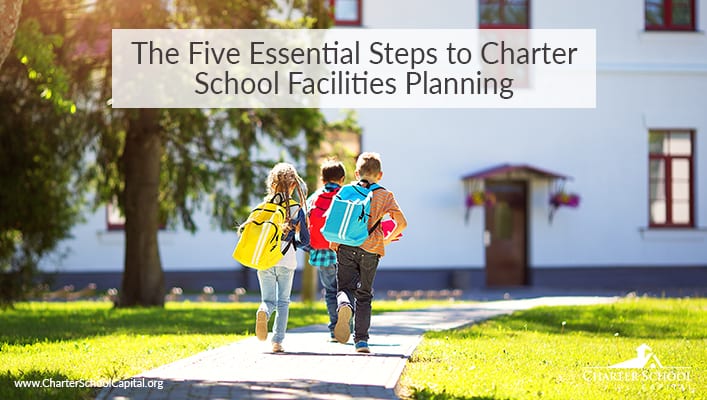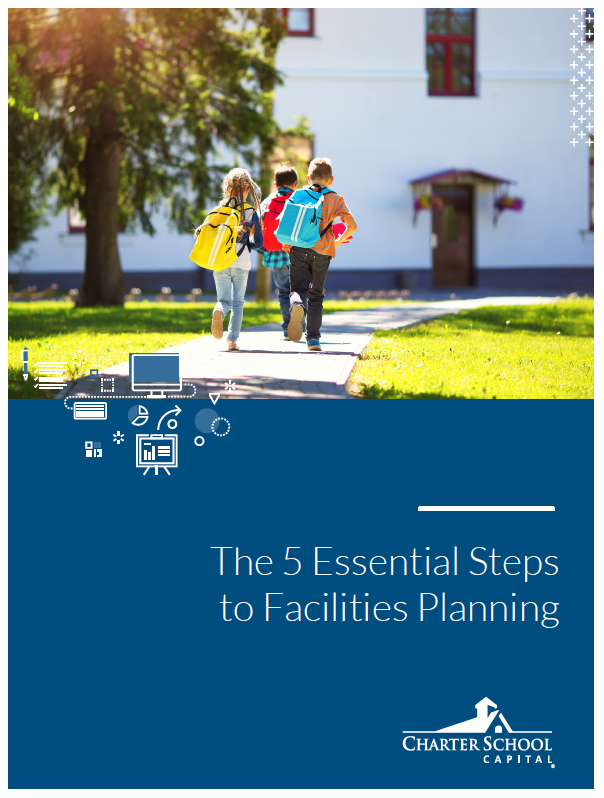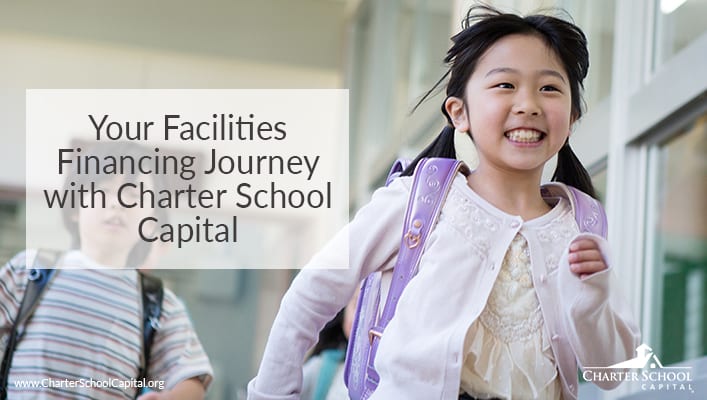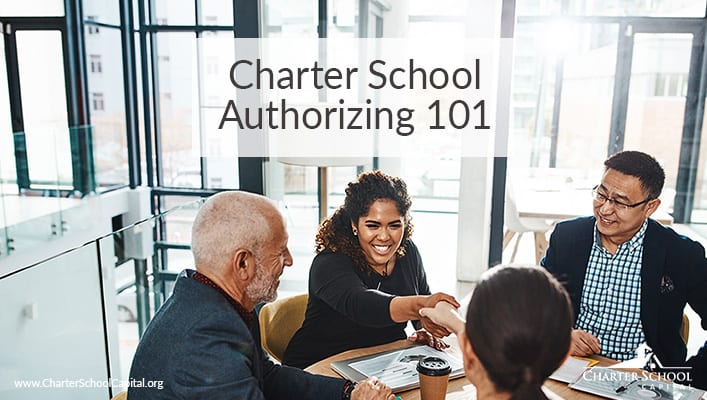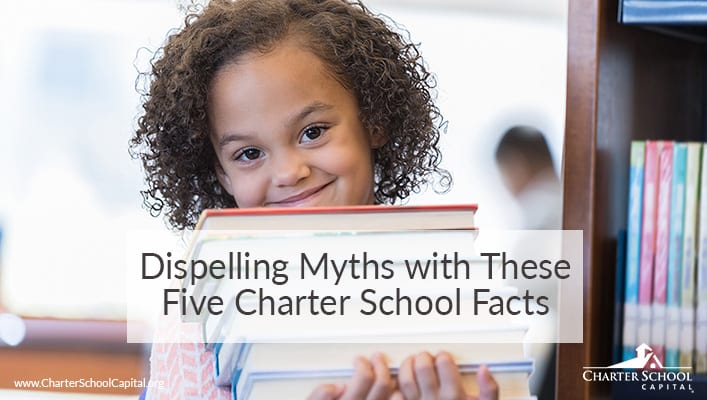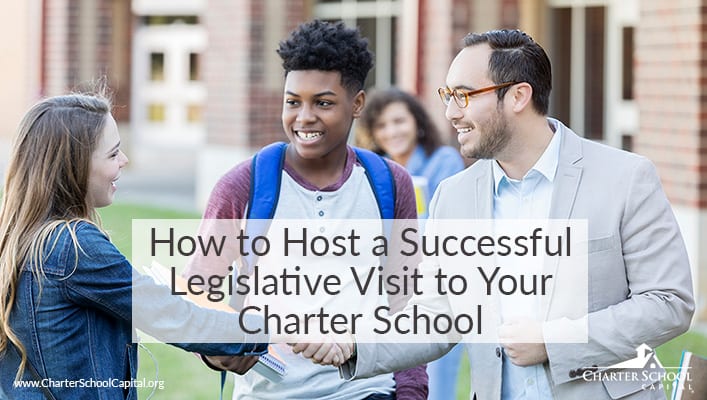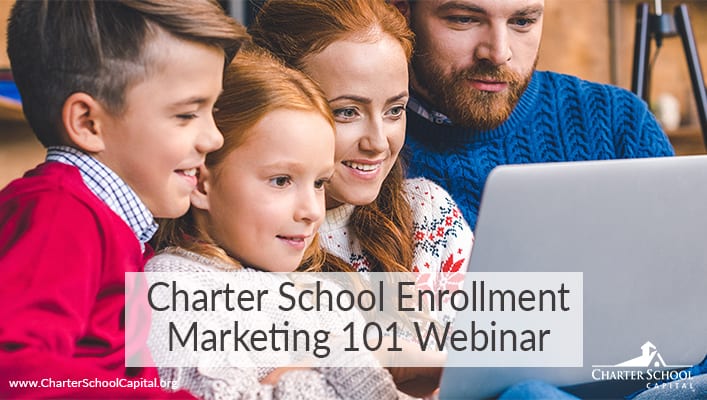
Enrollment marketing is talking with just the right person at just the right time, via mobile, online, or in person, in a meaningful way. It’s time to up your charter school enrollment marketing game to help your charter school raise community awareness, increase fundraising, and grow your enrollment numbers—while gaining and nurturing support from your community.
We just held our webinar “Charter School Enrollment Marketing 101” and in case you missed it, we wanted to let you know that the on-demand recording is now available! We had a few folks send along some questions after the webinar and thought you may have the same questions, so we’re posting those Q&As here as well. If you have additional questions, please add them in the comments below and we’ll be sure to get them answered for you as well.
Q&As
Q: Do you think they look at the reviews or the school rating? Or both?
A: This is a terrific question! Parents are certainly first looking at ratings, which can be challenging for many schools because a few bad ratings can quickly bring down a score, but the parents seriously considering your school will go beyond ratings and look at individual reviews. Unfortunately, the response of many schools when seeing bad ratings is to avoid ratings altogether or hope they go away. That is not a good response. Much better is to cultivate relationships with your parents and ask them to review your school, regardless of whether the rating is good or bad. Unhappy parents are going to leave a review whether or not you ask them, but your happy parents will be much less aware. If you educate your parents about the importance of ratings and let them know you are trying to create an accurate portrayal of your school on sites that offer ratings, they will be much more likely to share their perspective on these websites.
Q: When does Niche update their school ratings? Is it once a year?
A: Niche should be updating the ratings and reviews as the ratings and reviews come in and have been reviewed by the Niche team. That being said, at times we have seen response times from Niche being much slower than we would like.
Q: If you serve the whole state, how do we write blogs without just listing every county in the state. Or, do we have to somehow list them all?
A: This is a common scenario we encounter and can be very challenging. I would definitely recommend investing some time mapping out a comprehensive content strategy to address this situation.
I wouldn’t recommend listing every county in each blog post.
The first tactic I would consider is thinking beyond the blog in terms of content and developing content that is more resource-oriented, like a page for each county that serves as a guide for those looking to enroll in a charter school by creating specific content that answers common questions parents may have.
For instance content on your website that answers the following questions:
- Is there a tuition-free public charter school available in [County Name]?
- What are the requirements for students in [County Name] to be able to enroll in a charter school?
- What documentation is required for students in [County Name] to enroll in a charter school?
We have created similar guides for a number of schools and they are now generating thousands of impressions for critical search terms.
Hopefully, this answered some of your questions, but again, feel free to send along any others in the comments below.
If you haven’t already, watch this information-packed webinar to learn which strategies and tactics can help you boost your enrollment numbers and positively impact your charter school’s viability. We hope you find the webinar helpful!
